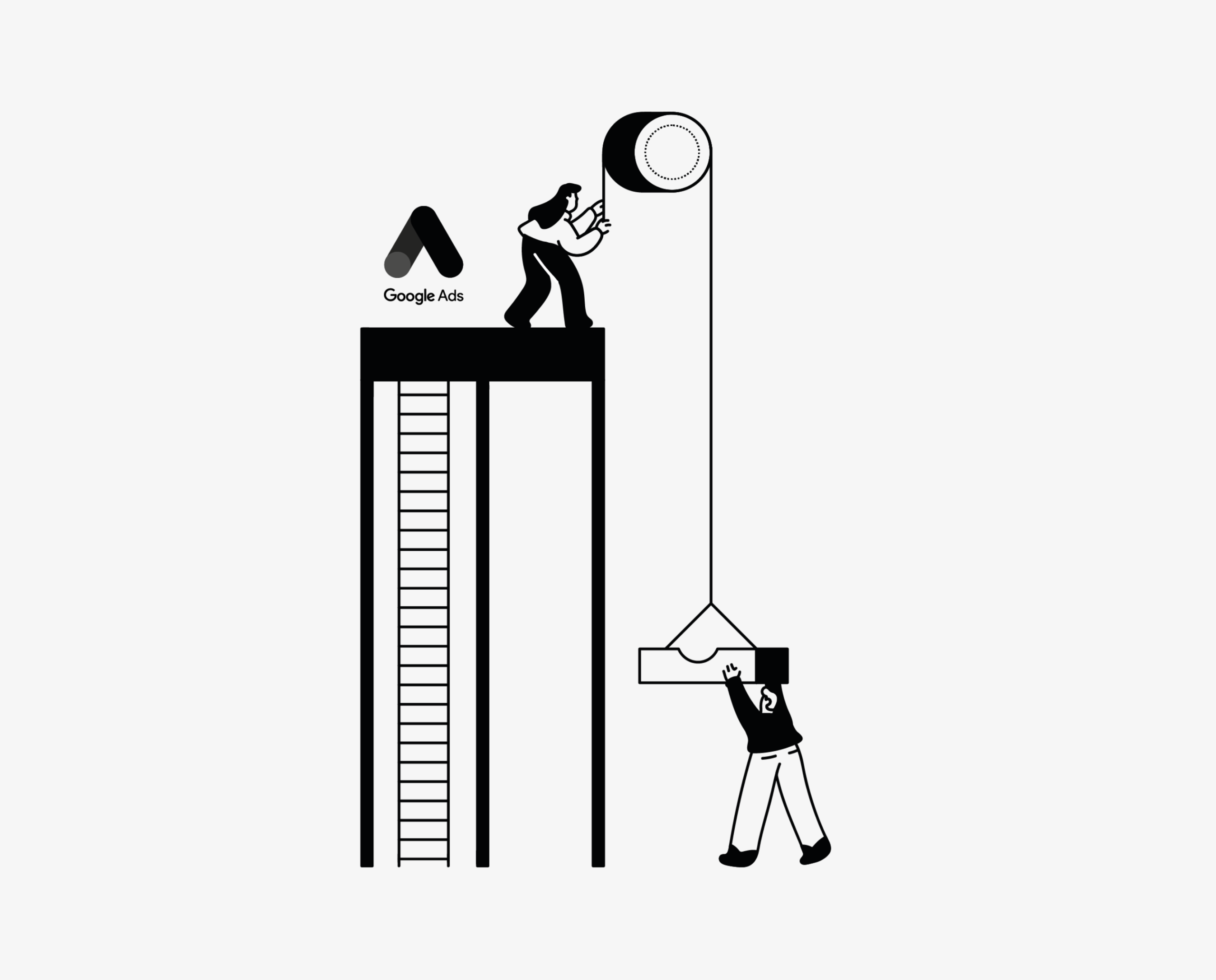The impact of the disappearance of third-party cookies
Internet users are increasingly concerned about their privacy and the use of their personal data. Web browsers like Google have therefore decided to abolish third-party cookies to go along with the stricter regulations on the subject. As the future of targeting and tracking becomes uncertain, it is relevant to look at the alternatives that could prove to be effective.
What is a third-party cookie?
Third-party cookies are tools that allow marketers on other sites to track and understand the paths of users on a targeted site. The goal is to take advantage of this personal information for retargeting and targeted advertising.
With detailed, in-depth analytics, operators are able to see the paths taken by consumers to determine their lifestyle and buying behavior. Ads can then be set in the right place at the right time, greatly increasing the likelihood of conversion and purchase.
What is the future of third-party cookies?
Users are increasingly concerned about their privacy and how their personal information is used and disclosed. Going hand in hand with this trend, several stricter regulations have been put in place in recent years such as the General Data Protection Regulation in 2016.
Already abolished by some web browsers, Google announced in 2020 that it will follow this trend by eliminating third-party cookies by 2022. Cookies are therefore bound to disappear leaving a certain sense of uncertainty and instability among digital marketers regarding tracking and ad targeting.
How will advertising management be affected?
Marketing management will be greatly affected, as companies will have access to less relevant information from different websites. With the increased protection of user data, it will be difficult to target as accurately as before. The effectiveness of the various marketing and advertising efforts put in place may decrease and affect the conversion rate downwards.
Google has proposed an alternative to cookies called the “Privacy Sandbox”. This solution was presented by Google as a way to continue to be able to collect and analyze data for targeting purposes, while ensuring greater protection for users. This new option will be based, among other things, on the grouping of Internet users with similar consumer habits into large groups. The fact of being hidden through this cohort of individuals allows for increased privacy protection while offering a certain accuracy in advertising targeting.
How to do Inbound Marketing in this new reality?
Inbound marketing is a relevant and effective option to make your marketing efforts profitable. This strategy is a solution to the suppression of third-party cookies and the feeling of saturation experienced by some customers who are no longer receptive to traditional mass advertising.
The principle of this strategy is to attract potential customers to your site with quality content that makes the customer experience optimal. How to attract users to your site? It would be relevant to conduct a market study that will allow you to better understand their expectations and needs. With a more personalized offer, you will be able to attract users to your page and eventually transform their interests into concrete actions.
One of the techniques used by Inbound Marketing, to create a unique and adapted offer, is the automation marketing. With this tool, it is possible to send personalized emails or offers to individuals who have already shown an interest in your brand in order to encourage them to take action on your website. To learn more about the best platforms to use to send your newsletters efficiently, consult this article.
In conclusion, the imminent disappearance of third-party cookies will have a huge impact on targeted advertising and tracking across various search engines. To ensure that advertising efforts are profitable, marketers must change their practices to still be able to understand their audiences and respond effectively to their needs.
Questions to ask yourself?
- Does your website use third-party cookies?
- How well do you know your target audience?
- Is your content offer adapted to your target audience?
Stay on top of the latest digital marketing trends.
Subscribe to our newsletter and receive the latest news, once a month, directly in your inbox.
*By entering your email address, you agree to the Billy.Social Terms of Use and Privacy Policy.
Bibliography
HubSpot. (n.d.). Qu’est-ce que l’inbound marketing ? | HubSpot. Retrieved June 16, 2021. Online
Bathelot, B. (2020, March 18). Cookie tiers – Définitions Marketing. Définitions Marketing. Online
Dahmani, S. (n.d.). Qu’entend-on par cookie tiers ? HubSpot. Retrieved June 16, 2021. Online
T. (n.d.). Fin des cookies tiers Google d’ici 2022 : Ce qu’il faut savoir. Kabane. June 16, 2021. Online
Rochefort, M. (2021, March 4). Fin des cookies tiers : Google abandonne entièrement le ciblage individuel. Online
Toussaint, L. (2020, March 12). La fin des cookies tiers : poudre aux yeux ou véritable séisme digital ? Online
Roy, P. (2021, May 24). Le marché publicitaire face aux restrictions du tracking utilisateur. mind Media. Online
Le règlement général sur la protection des données – RGPD | CNIL. (2018, May 23). CNIL. Online
Privacy Sandbox. (n.d.). The Privacy Sandbox: Technology for a More Private Web. June 17, 2021. Online
Godin, C. (2021, May 26). What are the Best Platforms to Manage your Newsletter Campaigns? Online











